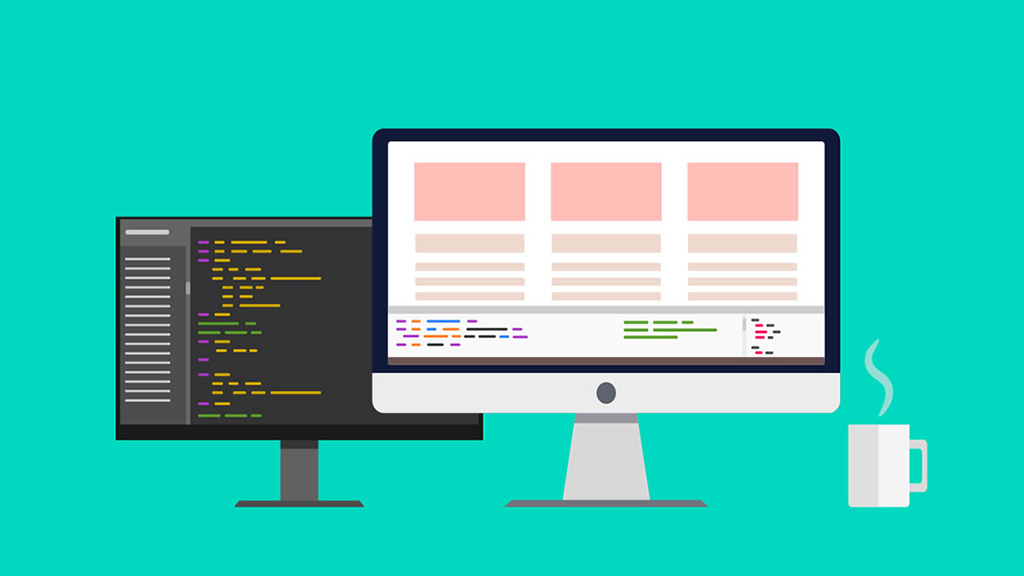
Eugene Ng
The Pros and Cons of HTML vs CMS platforms
A Content Management System (CMS) is an application which lets you create and manage your website using an admin panel. Whether considering a new site or a web site redesign, many companies are still implementing designs that lack the ability to be easily updated once going live. A content management system can potentially reduce website implementation and design costs while greatly facilitating the ability to manage content within the site.
HTML elements form the building blocks of all websites. HTML allows images and objects to be embedded and can be used to create interactive forms. HTML provides a means to create structured documents by denoting structural semantics for text such as headings, paragraphs, lists, links, quotes and other items. It can embed scripts in languages such as JavaScript which affect the behavior of HTML web pages. In order to make Web pages more dynamic looking, additional programs and features such as JavaScript, PHP, Cascading Style Sheets and others were added to work with HTML pages. Html is the backbone of all web development.
The Pros of HTML Web Design:
- HTML websites are more secure than CMS sites; there is less of a likelihood that you will get hacked.
- You often have more control over the SEO aspect of your website.
- You can design your website exactly how you want it without worrying about forced features of a CMS. A complete control over your website user-interface and user-experience (UI/UX).
- HTML websites uses less unnecessary server, resulting in a faster page load speed and better for your website SEO.
- Other coding languages and any website features can be easily integrated into your website.
The Cons of CMS Web Design:
- High level of customization opportunities come with a price. Plugins, subscriptions, etc cost way too much and comes with too little freedom of customization.
- Average visuals. You site will in many ways look like just any other CMS website design user. Not to mention, it uses a lot of unnecessary server resources.
- Lack of features. The uncustomized version of any CMS-built website will not experience an abundance of features. Deal with it, get over it: you have to tweak stuff manually to make your site competitive regarding functions. Plugins can solve a whole lot of problems, but there will be times when you’ll have to spend some money to attract a specialist to help you out.
- A juicy target for hackers. Open-source CMS code is available for everyone, and that includes people with a negative attitude. These websites and services are attacked way more often just because all the defense mechanisms are published online, and the hackers will have everything to plan a successful attack. You’ll have to trust your developers to make everything safe and secure and hope for the best. With that being said, moving on to the next disadvantage.
- Need to install new updates. One of the pros of open-source systems is that the creators publish updates frequently. The only downside is that you still have to install them manually. It is relatively easy to do if your CMS-built website uses only basic functionality, but things get far more complicated when you do even the slightest customization of the original site.
Our Conclusion
We at The 1118 Space Malaysia encourages our client to build their website using HTML/Laravel/React/Etc instead of third party CMS.
